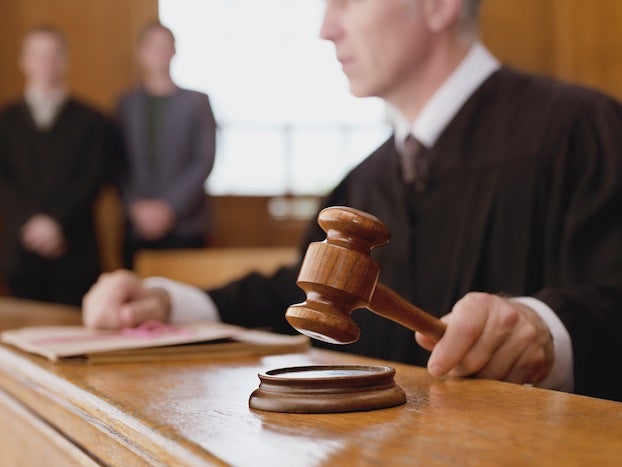Informer: Property tax provisions in state Constitution
Published 12:17 pm Wednesday, January 9, 2013
Where can I find the Louisiana property tax law that the assessor is referring to? I would like to see the exact wording.
Not knowing exactly what it was the reader heard — or which assessor said it — The Informer can’t offer a precise answer. But in this case, generality may serve best.
Some provisions on property taxation can be found in Article VII of the state constitution. Others can be found among the Louisiana Revised Statutes, especially Title 47.
Taxing provisions are accessible via the Legislature’s website and the website of the Louisiana Tax Commission, which also lists taxing regulations and features a list of frequently asked questions on property taxes.
The URLs: www.legis.state.la.us and www.latax.state.la.us.
Additionally, specific citations can be had from the assessors themselves. Calcasieu Parish Tax Assessor Wendy Aguillard said she’d be happy to answer any questions people may have. The number to her office is 721-3000.
Some provisions
Section 18 of Louisiana Constitution Article VII:
Subsection B — Lists the fair market value percentages used to obtain assessed value — 10 percent for land, 10 percent for residential improvements, 15 percent for commercial property.
Subsection C — Requires that agricultural, timber and marsh land be assessed at 10 percent of use value instead of fair market value.
Subsection E — “The correctness of assessments by the assessor shall be subject to review first by the parish governing authority, then by the Louisiana Tax Commission or its successor, and finally by the courts.”
Subsection F — Requires that property be reappraised “at intervals of not more than four years.”
Section 23 of Article VII:
Subsection B — Requires taxing bodies to adjust taxes to maintain collection amounts, preventing them from seeing windfalls when values rise or shortfalls when they decline.
Subsection C — Taxing bodies, with a two-thirds vote of their members in a publicly advertised open meeting, can boost rates without voter approval — though not beyond the previous year’s maximum.
(As property values increase, tax rates decline, Aguillard said. If a taxing body chooses not to roll forward one year, she said, that year’s rate becomes the maximum for the next year.)
Subsection D — Exempts from reassessment those millages levied to pay off general obligation bonds.
Online: www.lla.state.la.us/userfiles/file/SettingMillageRates.pdf.
City plans to remedy sign situation
The Shadows subdivision off west Sale Road has a decorative, planted area separating the entrance and exit on Magnolia Lane.
There is no signage alerting traffic entering the subdivision from Sale Road that the eastern street is exit-only. Drivers westbound on Sale Road could easily enter the exit lane into oncoming traffic exiting the subdivision.
What is the city’s policy in this situation?
City Administrator John Cardone said he passed the information on to the Public Works Department’s Traffic and Communication Division, which will put up signs.
Online: www.cityoflakecharles.com.
The Informer answers questions from readers each Sunday, Monday and Wednesday. It is researched and written by Andrew Perzo, an American Press staff writer. To ask a question, call 494-4098, press 5 and leave voice mail, or email informer@americanpress.com
Calcasieu Parish Tax Assessor Wendy Aguillard. (American Press Archives)





